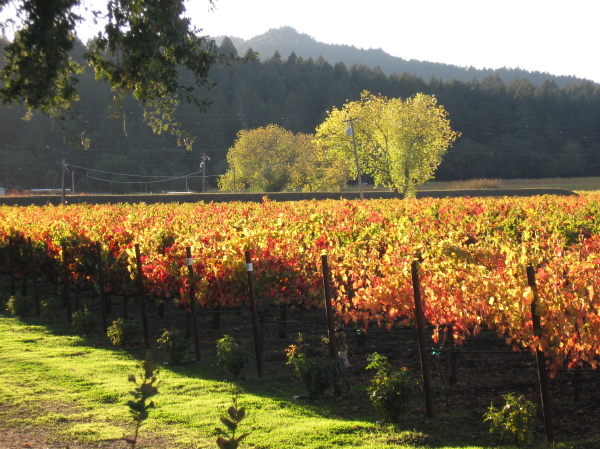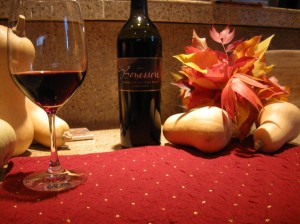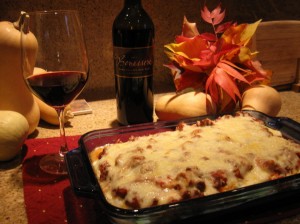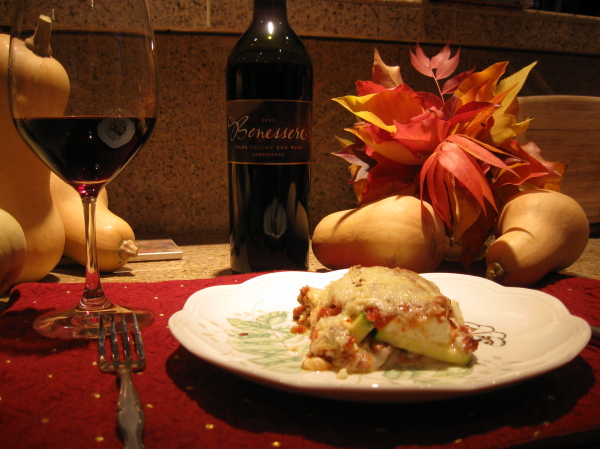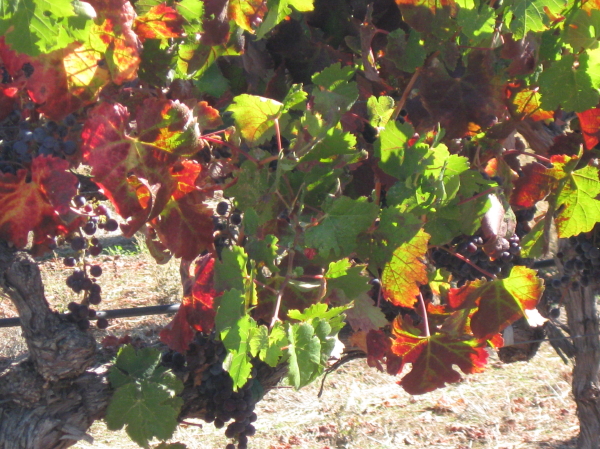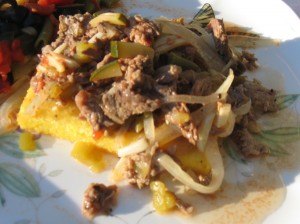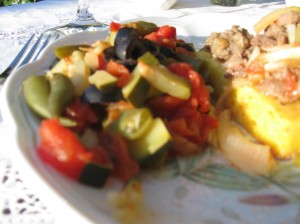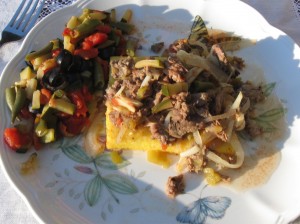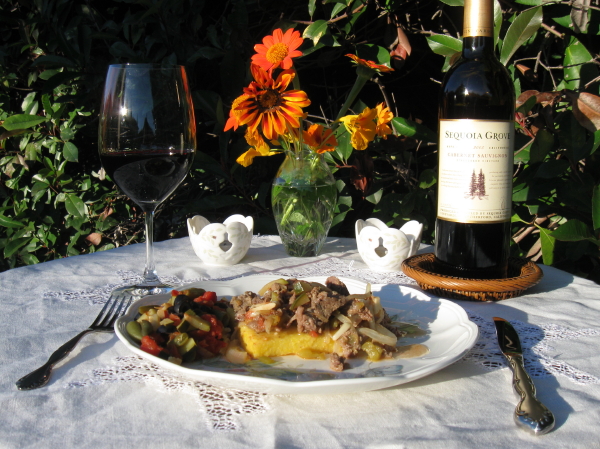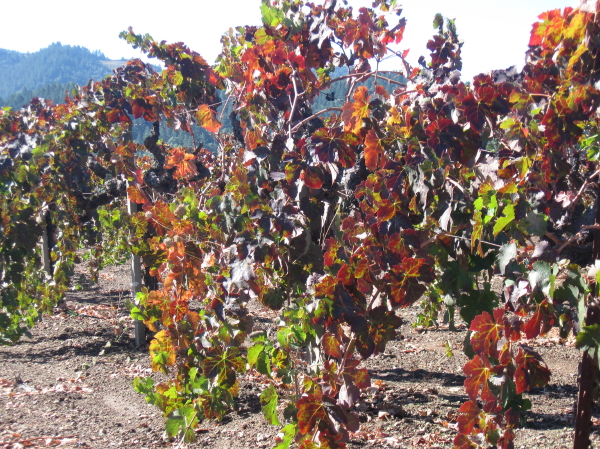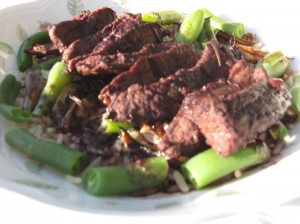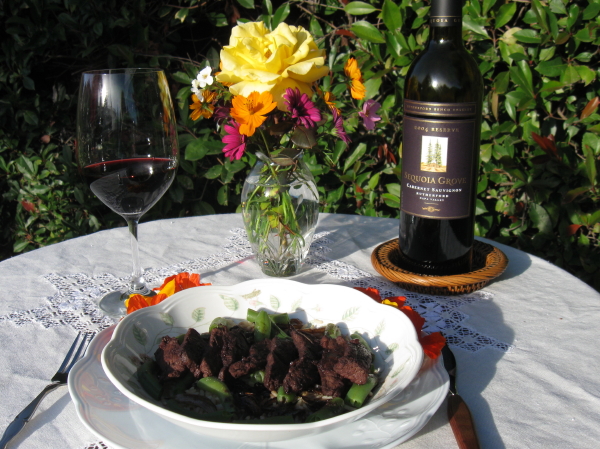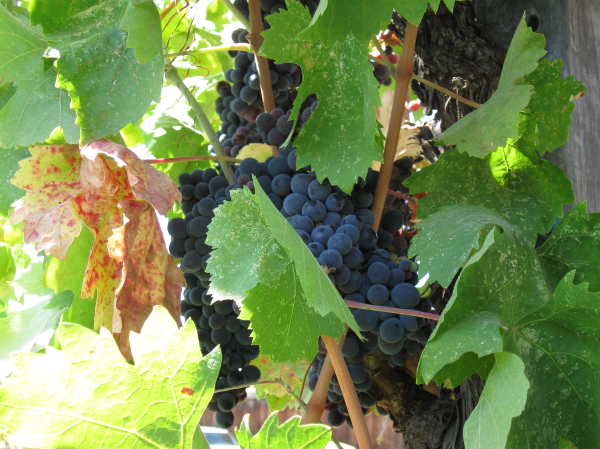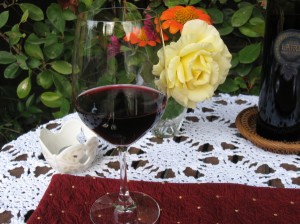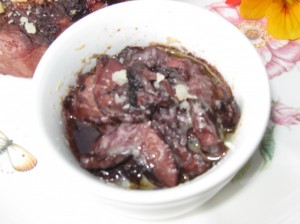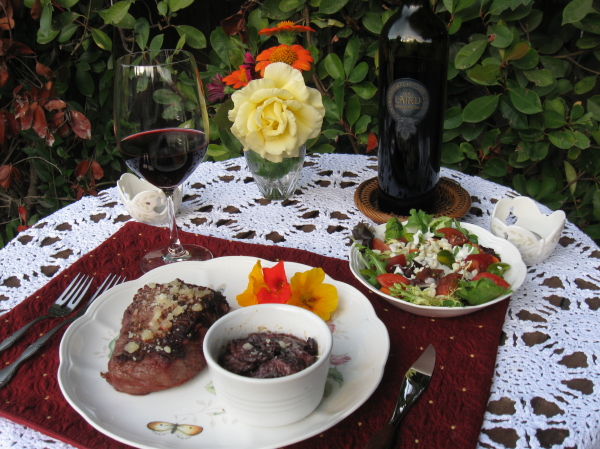Nov 18 2009
Bubbles and Holiday Cheer
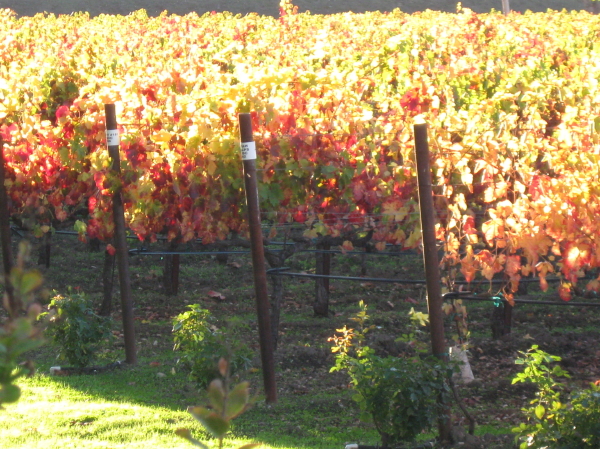
Sparkling wines and the holidays go hand in hand. Determining which Bubbles to break out for your guests and on which holiday can be daunting, particularly if you are looking to do something a bit unique. As Thanksgiving approaches, it is timely to remember that there is one type of sparkling that is particularly appropriate at this time of year: Sparkling Rosé.
Sparkling wines in the United States are not all created equally as previously acknowledged in earlier articles. Different grapes are blended to create color, complexity, depth and distinction in sparkling wines. Perhaps no greater of an acknowledgment belongs to Sparkling Rosé wine as it readily stands out by virtue of its coloring (an almost salmon or coral hue). Of the Sparkling Rosé wine choices in Napa Valley, Schramsberg consistently produces its Brut Rosé with balanced acidity and showing off unique fruit ranging from strawberry, blood orange to rhubarb. Schramsberg’s Brut Rosé presently consists of 68% Pinot Noir grapes and 32% Chardonnay grapes (hailing from Napa, Sonoma, Mendocino and Marin counties). The combination of the two types of grapes from various vineyards creates a sparkling wine characterized by vibrant fruit, spice and length in its finish. Given the depth found in Schramsberg’s Brut Rosé, it is a versatile sparkling wine that can be paired with an assortment of food items, menus and occasions. Given the bevy of side dishes and turkey that typically graces one’s table with the Thanksgiving holiday, this is the primary reason that I find Schramsberg’s Brut Rosé seasonally fitting.
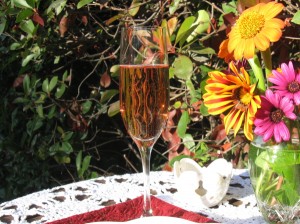
However, as we are still leading up to Thanksgiving and are not yet inundated with heavy food preparation, there is still time to prepare one last casual gourmet meal. Taking into consideration the vibrant fruit in Schramsberg’s Brut Rosé and its dry nature, the meal paired should also have some depth to its flavors and be kept in tune with the autumn season. This summer I grew butternut squash in my garden and it was prolific. Even though I am nearing late November, I am still picking butternut squash and creating unique recipes. Also still thriving in my garden are carrots and a varied selection of lettuces. Considering items that are both seasonal and sustainable, this week’s menu hosts:
· Butternut Squash-Ricotta Gnocchi with a Browned Butter Sage Sauce with Cranberries; and
· Simple Garden Side Salad with Pear Vinaigrette.
Making Butternut Squash-Ricotta Gnocchi is time consuming, but it is not impossible. The dough consists of baked butternut squash, ricotta cheese, parmesan cheese, salt, nutmeg and flour. As with using flour in any recipe, the more it is beat into the dough, the tougher the gnocchi will be. Keeping the gnocchi light is important to parallel the texture and consistency of the bubbles in Schramsberg’s Brut Rosé. The flavor of butternut squash goes naturally with the fruit flavors found in a Sparkling Rosé. After the gnocchi is made, it is crucial that the accompanying sauce be light as well. Hence a browned butter sauce is ideal, seasoned with sage and dressed up with rehydrated dried cranberries. Once assembled, flavors of butternut squash, sage and cranberry paint a perfect autumn picture.
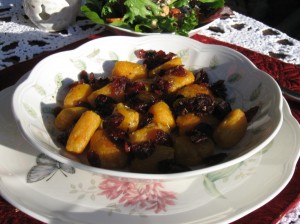
To accompany the gnocchi is a light simple salad prepared with of a mixture of lettuces from the garden. Butter lettuce, red lettuce and other varieties are abundant as they prefer Napa Valley’s cool autumn mornings and afternoons. Adding some carrots from the garden, a few nuts, dried cranberries, and pear vinaigrette creates a lively side salad to start the meal.
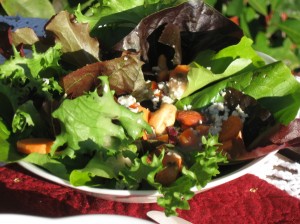
Pairing Schramsberg’s Brut Rosé with the Butternut Squash-Ricotta Gnocchi serves a festive, flavorful meal. The various fruit flavors in the wine dance perfectly with the notes of cranberries, sage and butternut squash in the dish. Given the wine’s balanced acidity, it does not fight with the cranberries in the sauce.
As the countdown begins towards the kick-off of the holiday season, look at the wine selection for your guests and consider adding a Sparkling Rosé among the usual suspects. It is certain to enliven any table, pair with nearly anything, and festively greet the on start of the holiday season.
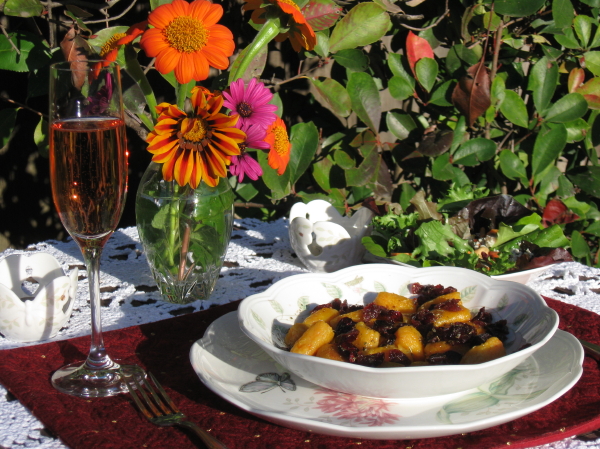
Comments Off on Bubbles and Holiday Cheer
